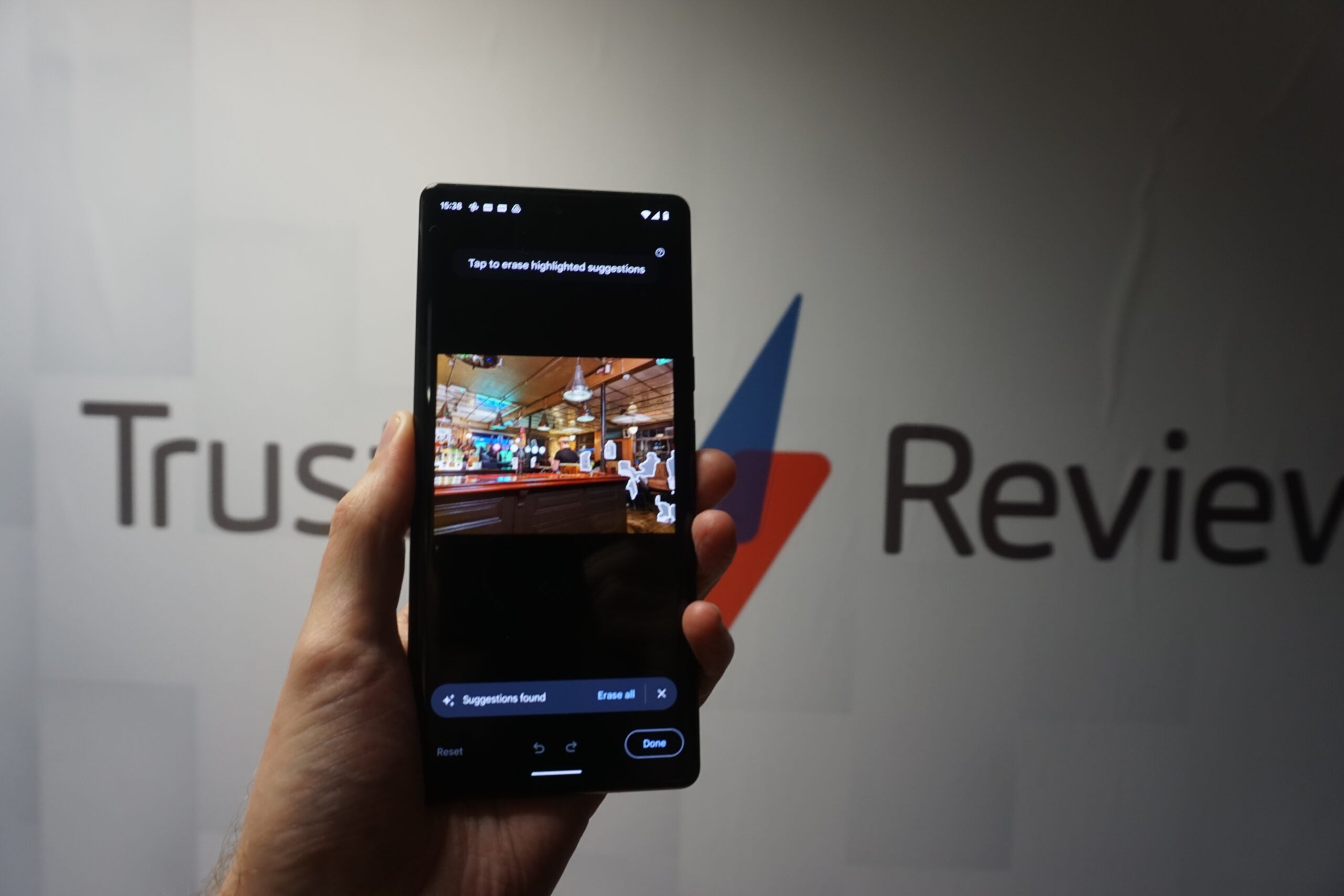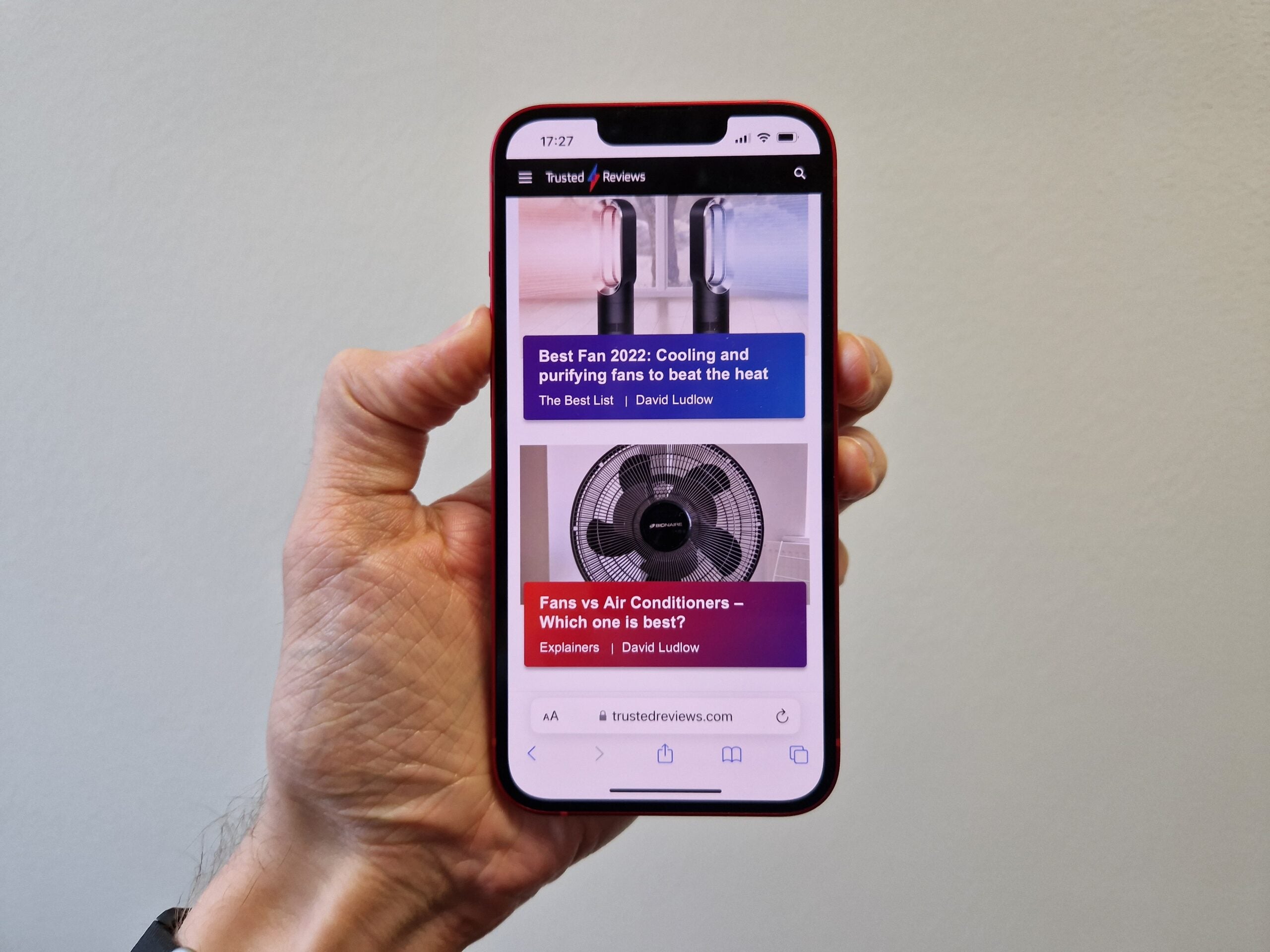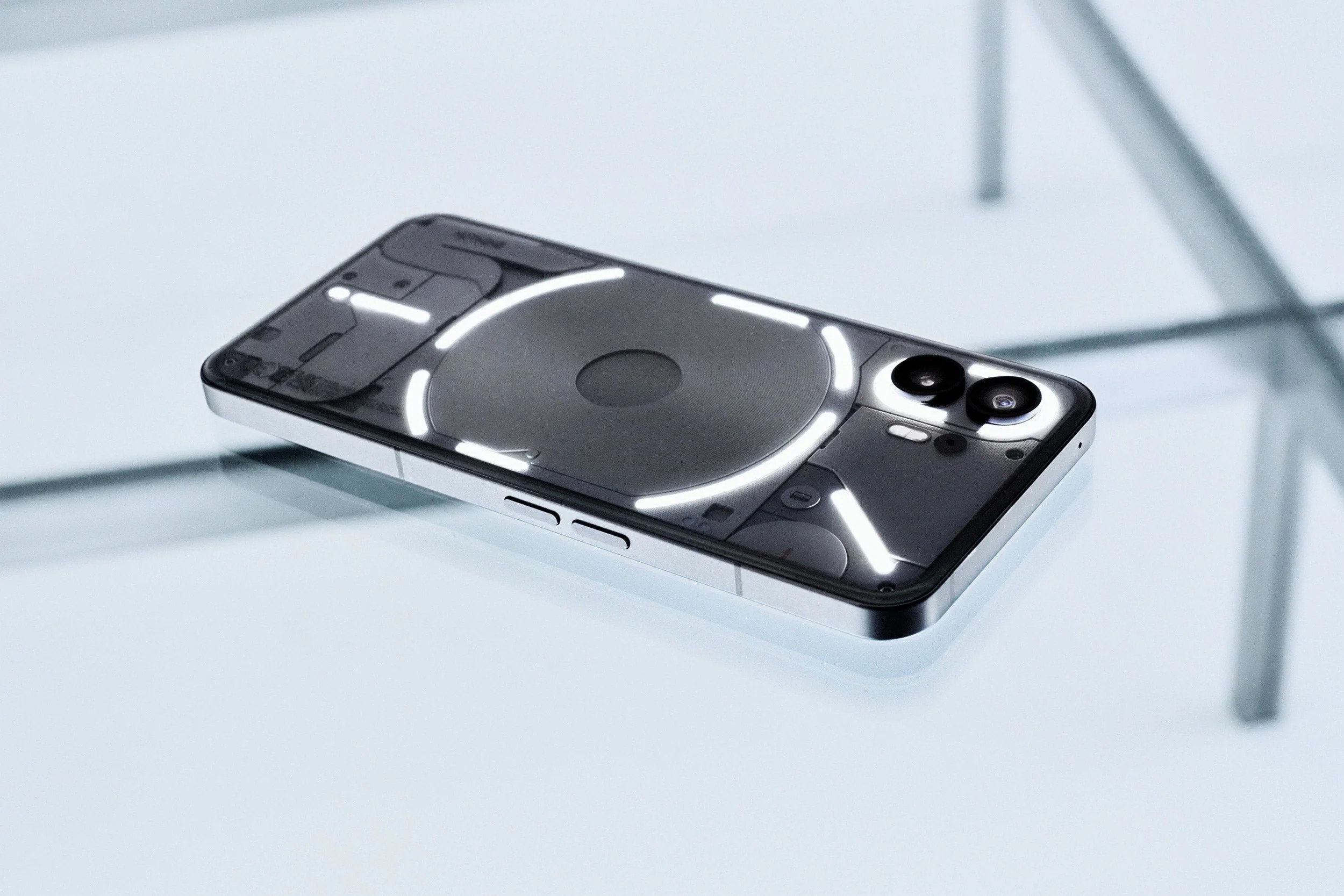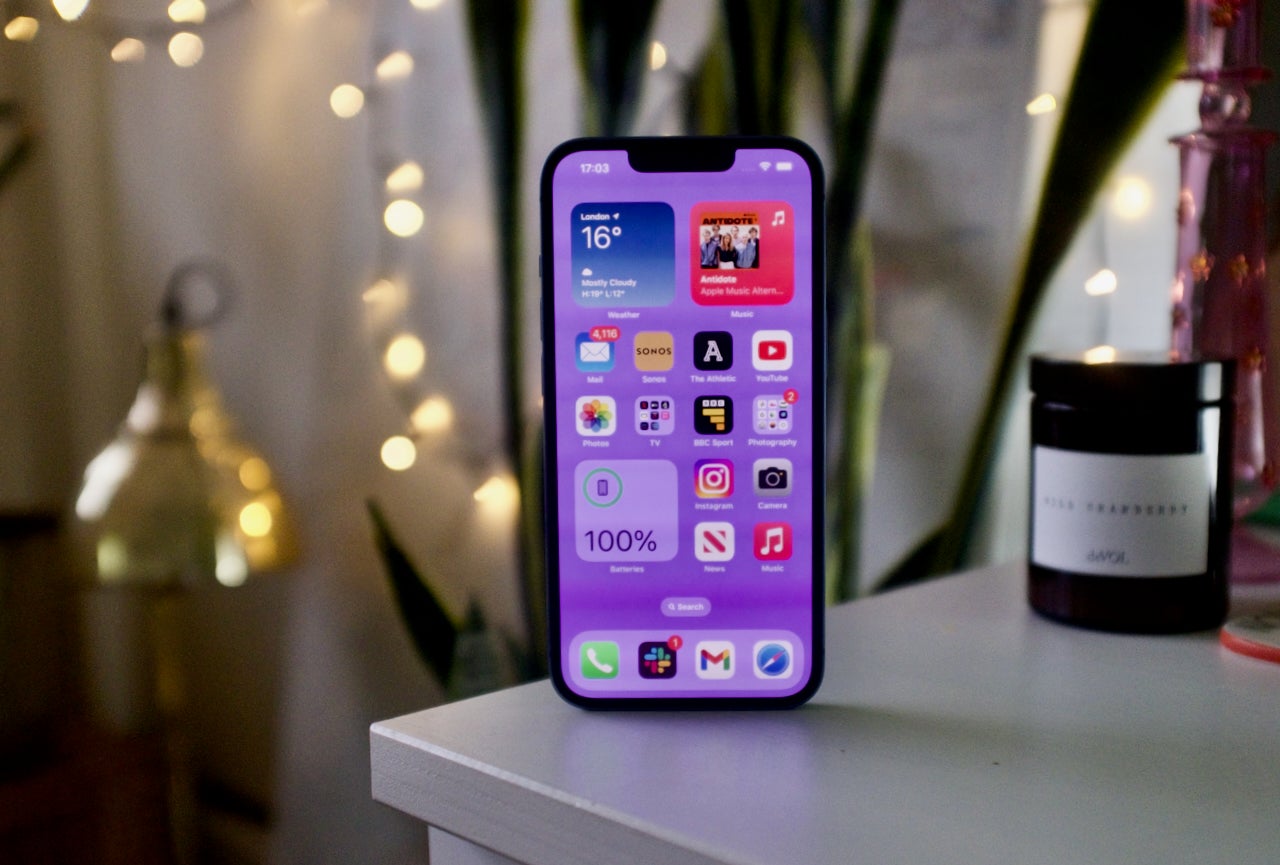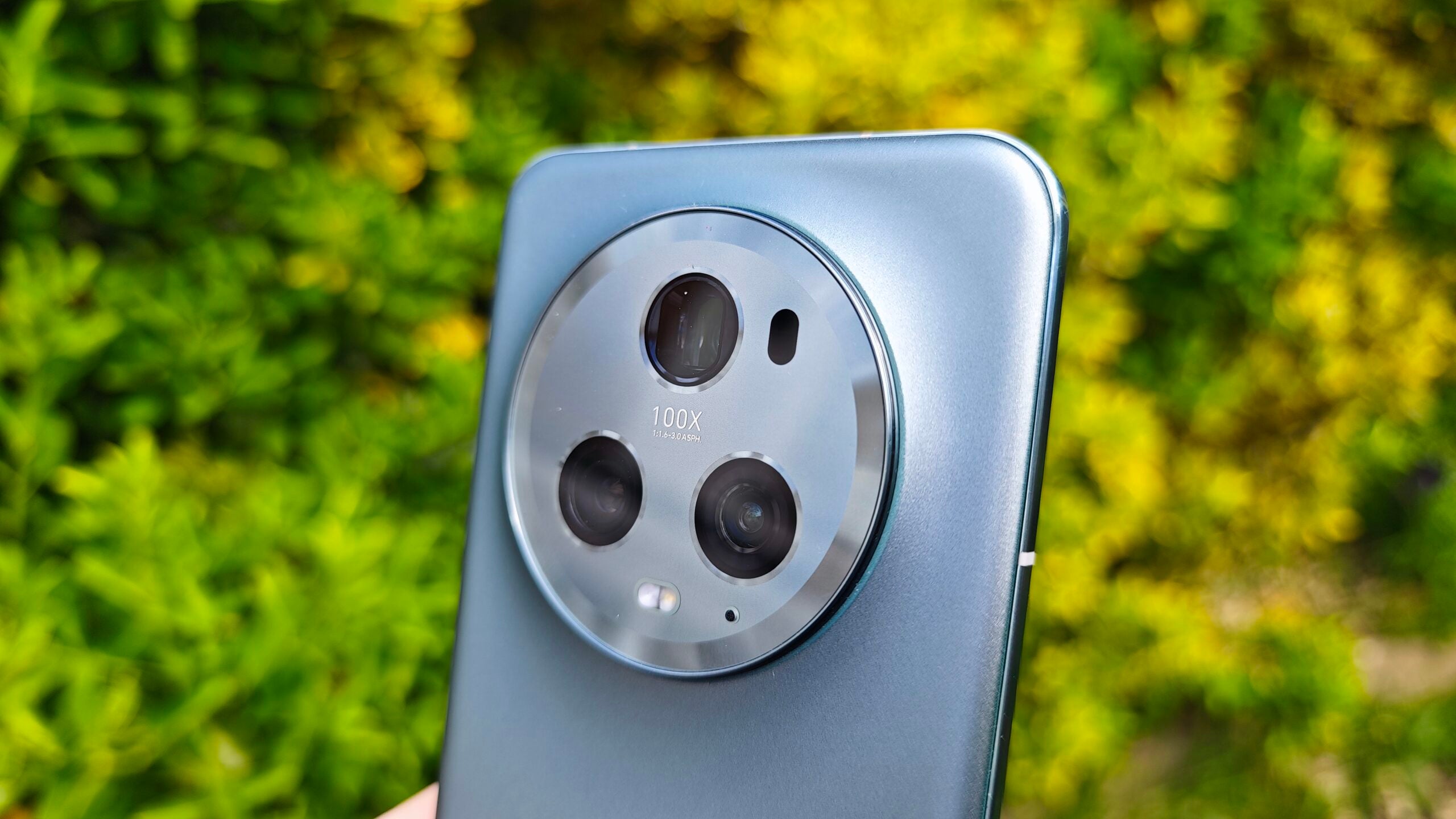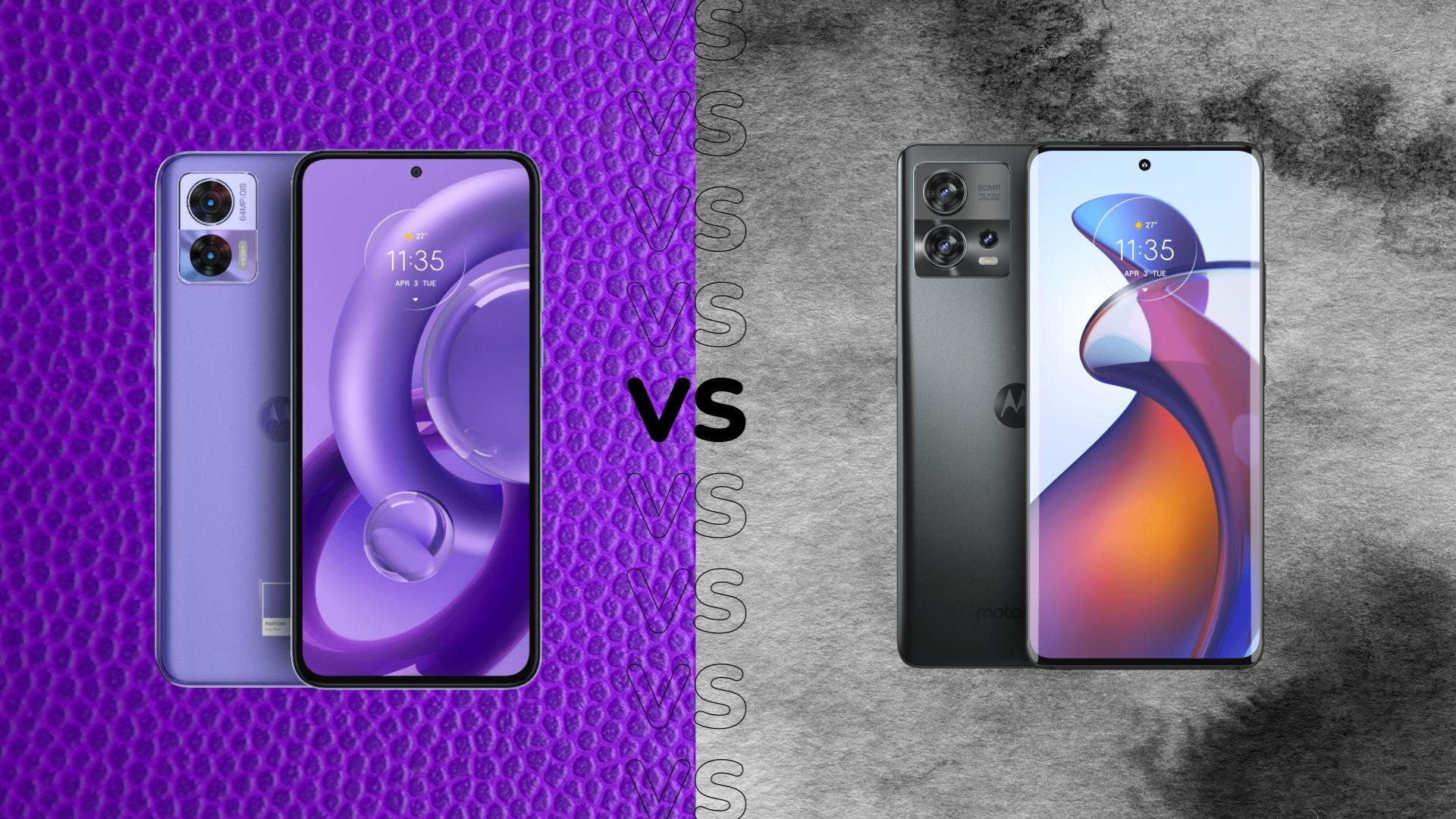
The Motorola Edge 30 Neo and Edge 30 Fusion may share the same branding, but there are key differences between the two handsets.
Besides the obvious price difference, the Motorola Edge 30 Neo is a comfortable mid-ranger with decent performance and a pocketable form factor while the Motorola Edge 30 Fusion takes a step towards flagship territory with a larger curved display, more powerful processor and better camera performance.
The question is, which one is right for your needs? Let’s break down the key differences between the Motorola Edge 30 Neo and Motorola Edge 30 Fusion.
Design and screens
If you’re looking at the rear of the devices, the Motorola Edge 30 Neo and Edge 30 Fusion don’t look that different.
Both sport a similar squared-off, premium-looking camera bump, though it’s only the cheaper Edge 30 Neo that benefits gorgeous colour finishes courtesy of Motorola’s partnership with colour specialist Pantone.
The Pantone finish of the Motorola Edge 30 Neo
That includes Veri Peri, Pantone’s Colour of the Year 2022, alongside Aqua Foam, Ice Palace and Black Onyx, eye-catching colours that you won’t find on any other smartphone. That’s compared to a rather bog-standard Grey, White or Gold from the more premium Edge 30 Fusion.
Sure, it still looks and feels like a premium bit of kit, but where’s the pizazz of the Pantone finishes?
The bigger difference between the two is the display; the Fusion has a larger 6.55-inch curved display compared to the smaller 6.28-inch flat display of the cheaper Edge 30 Neo. Both have their benefits, be it a larger display for watching videos or a smaller more pocketable display that’s easier to hold and use one-handed.
But while both use Gorilla Glass 5-coated pOLED screens with vibrant colours and deep blacks, there are key differences in the tech on offer that give the Edge 30 Fusion the upper hand. The Fusion boasts a brighter 1150 nits compared to the 1000 nits of the Neo, and at 144Hz, it’s faster than the Neo’s 120Hz too.
The curved display of the Motorola Edge 30 Fusion
The smaller display of the Edge 30 Neo does have its benefits aside from being easy to hold; it also makes the phone lighter at an impressive 155g, though the 168g Edge 30 Fusion isn’t exactly a heavyweight compared to flagships like the 240g iPhone 14 Pro Max.
Cameras
It’s in the camera department that the differences between the two models of Motorola Edge 30 become more apparent.
While you might assume that the higher resolution 64MP camera of the Edge 30 Neo is better than the 50MP snapper of the more premium Edge 30 Fusion, it’s worth pointing out that megapixel count doesn’t necessarily mean a better image overall.
The triple camera setup of the Edge 30 Fusion
With that in mind, the Edge 30 Fusion boasts both larger pixels and a bigger 1/1.55-inch sensor than the Edge 30 Neo which gives it the edge, particularly when light levels begin to drop, though it can’t quite outperform true flagships in the low-light department. Our reviewer was also particularly impressed with how well the Fusion’s autofocus performed, particularly with fast-moving subjects.
Both main lenses are flanked by identical 13MP ultra-wide lenses and 32MP selfie cameras, though the Edge 30 Fusion also takes advantage of a 2MP rear depth sensor that allows for more accurate portrait-style photography.
If you’re into videography, the limitations of the Edge 30 Neo’s 1080p video capture may disappoint, especially when the Edge 30 Fusion can capture up to 8K@30fps and a whopping 960fps when shooting slow-mo at 720p HD.
Performance
When it comes to performance, neither the Edge 30 Neo nor Edge 30 Fusion boasts a top-end chipset – the fastest is the Snapdragon 8 Plus Gen 1 exclusive to the top-end Edge 30 Ultra – but they still offer pretty decent everyday performance.
The Edge 30 Neo sports the Snapdragon 695 chipset, present in other similarly priced mid-rangers that provides a solid experience not really hindered by stutter or lag, though you won’t quite be able to run the likes of Call of Duty Mobile at high frame rates with maximum graphics enabled.
Image Credit (Trusted Reviews)
If you are into mobile gaming, the Edge 30 Fusion’s Snapdragon 888 Plus chipset may better suit your needs. It was actually the top-end chipset found in most flagships back in the latter half of 2021, which gives you a good indication of how well it’ll perform under pressure.
Sure, it doesn’t beat the latest flagships in benchmark tests but it’ll handle just about anything you can throw at it without much issue – and without it getting too hot, as noted by our reviewer.
With the upgraded processor also comes support for more advanced connectivity including Wi-Fi 6 and Bluetooth 5.2 compared to Wi-Fi 5 and Bluetooth 5.1 available on the Edge 30 Neo.
The Edge 30 Fusion has the edge in battery life too, not only with a more energy-efficient chipset but a larger battery at 4400mAh compared to the Neo’s 4020mAh, though both are comfortable all-day devices that charge at the same speedy pace of 68W.
While there are differences in hardware, what is consistent among the Motorola Edge range is the software experience on offer, boasting Android 13 that’s refreshingly close to the stock experience offered by the likes of the Google Pixel range.
Image Credit (Trusted Reviews)
There’s nothing in the way of pre-installed apps on either phone beyond one genuinely useful Motorola app that allows you to enable handy features like twisting your phone to quickly enable the torch, and both also boast support for Motorola ReadyFor.
For those unaware, ReadyFor allows you to plug your phone into a display to browse your apps on a Windows-esque desktop. You can look forward to great integration with Windows laptops and PCs too, allowing you to access apps, reply to messages and even use the phone’s camera as a high-end webcam. It really is one of the big benefits of opting for Motorola over most other Android brands.
Verdict
The Motorola Edge 30 Fusion is the more capable of the two Moto phones, but given that it’s the pricier of the two, that’s not really a surprise. It has an improved camera setup, a faster processor and a larger battery, but that doesn’t mean the Edge 30 Neo shouldn’t get any attention.
It has a more pocketable form factor with a slightly smaller, flatter display, boasts decent mid-range performance and rapid 68W charging that should reduce the amount of time you spend tethered to the wall.
Both also enjoy the benefits of Motorola’s clean approach to the Android OS, sporting Android 13 with a close-to-stock experience.
Ultimately, the Motorola Edge 30 Fusion is the better buy overall, but if you’re on a budget, the Edge 30 Neo will suit your needs.

